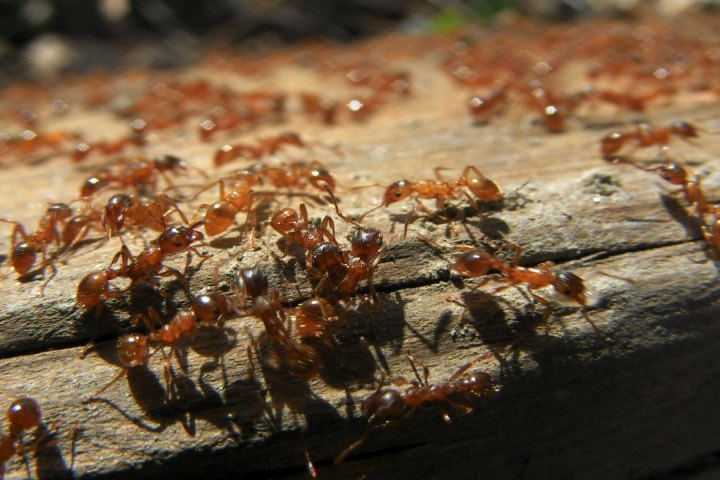
An example of where this might be useful is when searching for a new nest, in which case just a few dozen explorers are sent out to find a space big enough, rather than the whole colony of hundreds or thousands of ants.
This long-studied ability is the subject of a new paper by researchers at MIT’s Computer Science and Artificial Intelligence Laboratory (CSAIL). They’ve created an algorithm which replicates the behavior in a computer and proves that it can be a remarkably accurate way of predicting the population density of a network.
“There’s this intuitive sense in computer science that biological algorithms are super robust and dynamic,” Cameron Musco, an MIT graduate student in electrical engineering and computer science and co-author of the paper, tells Digital Trends. “We wanted to look at one of those systems — an ant colony, in this case — and find out exactly why they’re able to operate that efficiently, despite being so complex and resilient. That was what got us interested.”
Why would anyone want to do this? As Musco explains, the work could be of practical use in areas like big data analytics — such as estimating the makeup of one particular political leaning among social media users. “Traditionally, if on Facebook you wanted to estimate the number of Republicans [for instance], you would randomly sample a subset of users and count the number of Republicans,” Musco continues. “But you can’t do that — there’s no master list of users you can sample from. So what we are showing is that it can be nearly as good to just randomly ‘walk’ between users — i.e. start at one user, move to a friend, then to a friend of friend, etc. — and sample in this way.”
In the paper, these so-called “random walk” explorations are shown to be almost as fast for determining population densities as the more established method of sampling.
“This work serves two purposes,” Musco continues. “On the one hand it gives us some interesting ideas about taking biological systems and using them to optimize computer networks, which is what you see with biologically-inspired concepts like neural networks. At the same time, we’re able to use computer science to help biologists solve some of the problems that they have. People are starting to do this second one more and more, and it’s really useful — because instead of looking at behavior, we’re focused on spotting algorithms. It’s a different way to think about things.”


